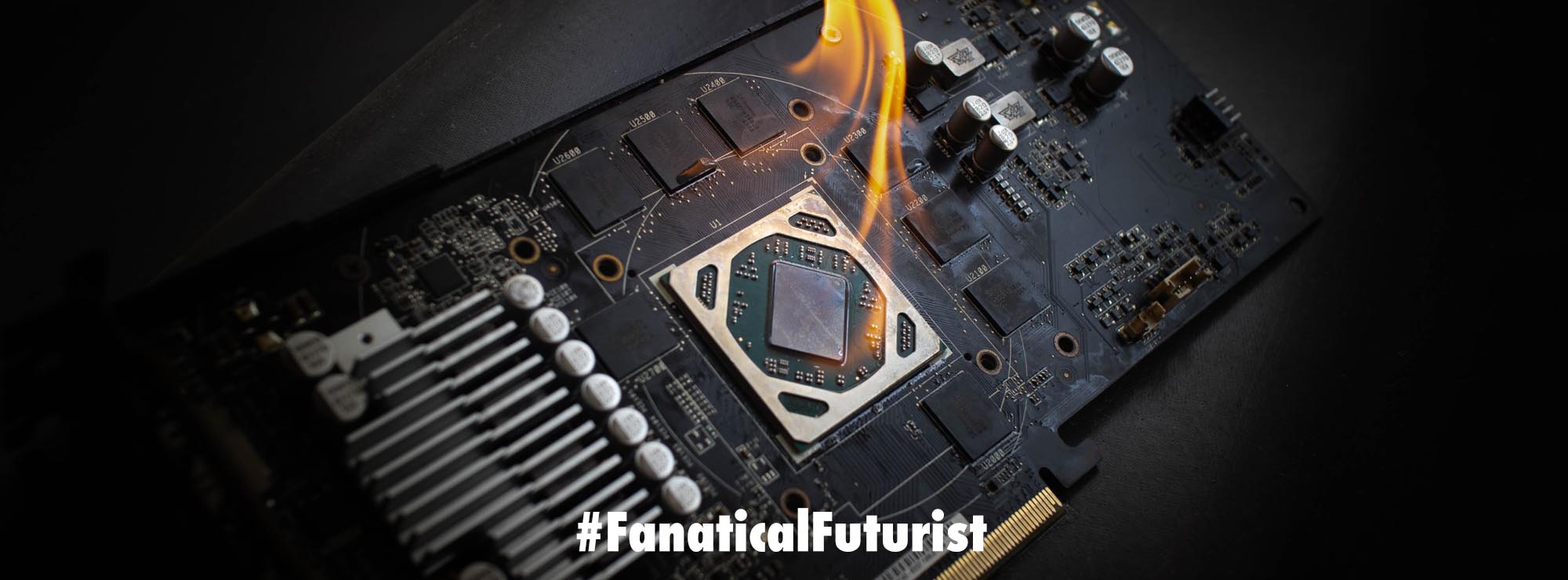WHY THIS MATTERS IN BRIEF
As we merge biology with technology we’re blurring the line of “what” technology actually is.
 Love the Exponential Future? Join our XPotential Community, future proof yourself with courses from XPotential University, read about exponential tech and trends, connect, watch a keynote, or browse my blog.
Love the Exponential Future? Join our XPotential Community, future proof yourself with courses from XPotential University, read about exponential tech and trends, connect, watch a keynote, or browse my blog.
Researchers at Cornell University have come up with a novel way to control a walking robot: with a mushroom. Cornell explained in a press release that these four-legged Bio-Hybrid robots were built by researchers who literally grew mycelia, the below ground connective threads that allow fungal communities to communicate, into the robot itself.
“By growing mycelium into the electronics of a robot,” explained mechanical and aerospace engineering professor Rob Shepard, “we were able to allow the biohybrid machine to sense and respond to the environment.”
Because this research marries organic and inorganic components, it took an interdisciplinary approach to bring these fungi-powered fun guys to life.
See it in action.
As organic robotics researcher Anand Mishra noted in the release, contamination is always a big concern when sticking electrodes into fungus. To head that off, Cornell plant pathology associate professor Kathie Hodge taught the roboticist how to grow clean mycelia cultures so they could most effectively send the electrical signals stoked by Mishra’s bespoke interface.
“You have to have a background in mechanical engineering, electronics, some mycology, some neurobiology, some kind of signal processing,” he explained. “All these fields come together to build this kind of system.”
Published in the journal Science Robotics, the paper on these mouldy little robots describes the three tasks its handlers had it carry out: walking and rolling around, reacting to ultraviolet light that made them change the way they walked, and overriding their native mycelial signal entirely. As the video from the experiment shows, the robots ended up moving like strange little spiders or landbound jellyfish.
Beyond just providing more evidence of fungi’s incredible electrical impulses and the ways they can interact with or be incorporated into technology, the researchers predict that these shroom bots will not only have uses in the world of agriculture, but may revolutionize the understanding of how mycelium works, too.
“This kind of project is not just about controlling a robot,” he said. “It is also about creating a true connection with the living system. Because once you hear the signal, you also understand what’s going on. Maybe that signal is coming from some kind of stresses. So, you’re seeing the physical response, because those signals we can’t visualize, but the robot is making a visualization.”















